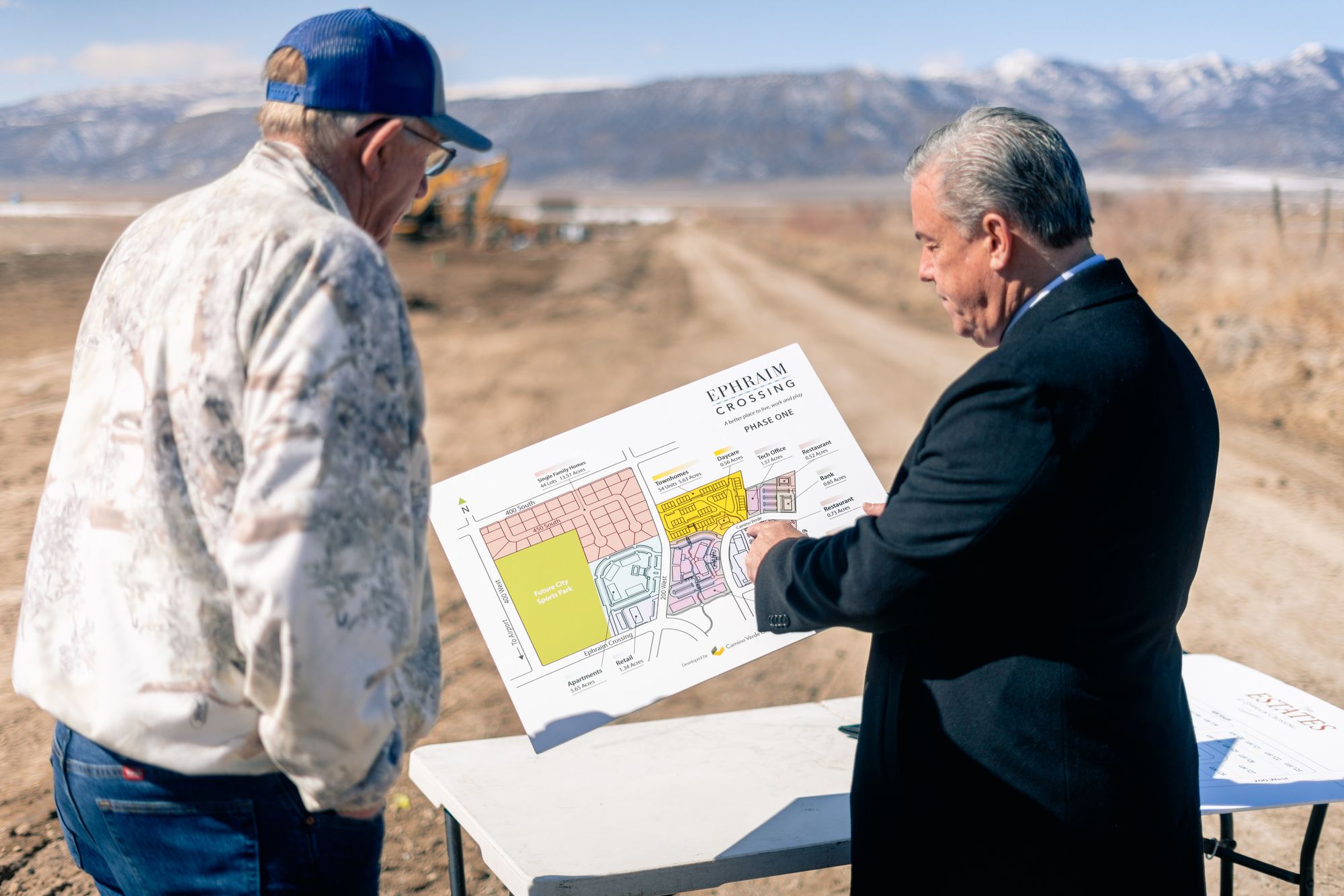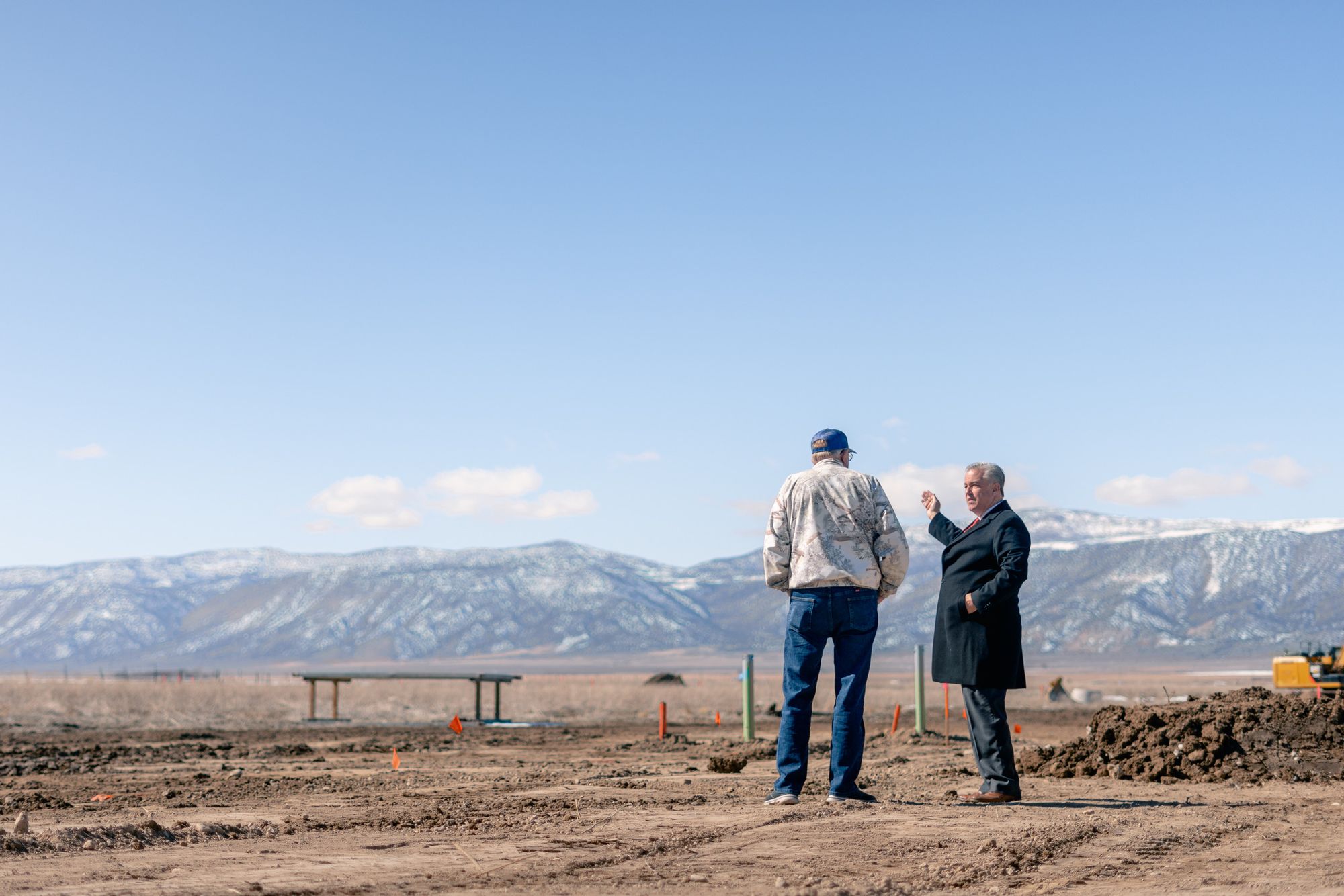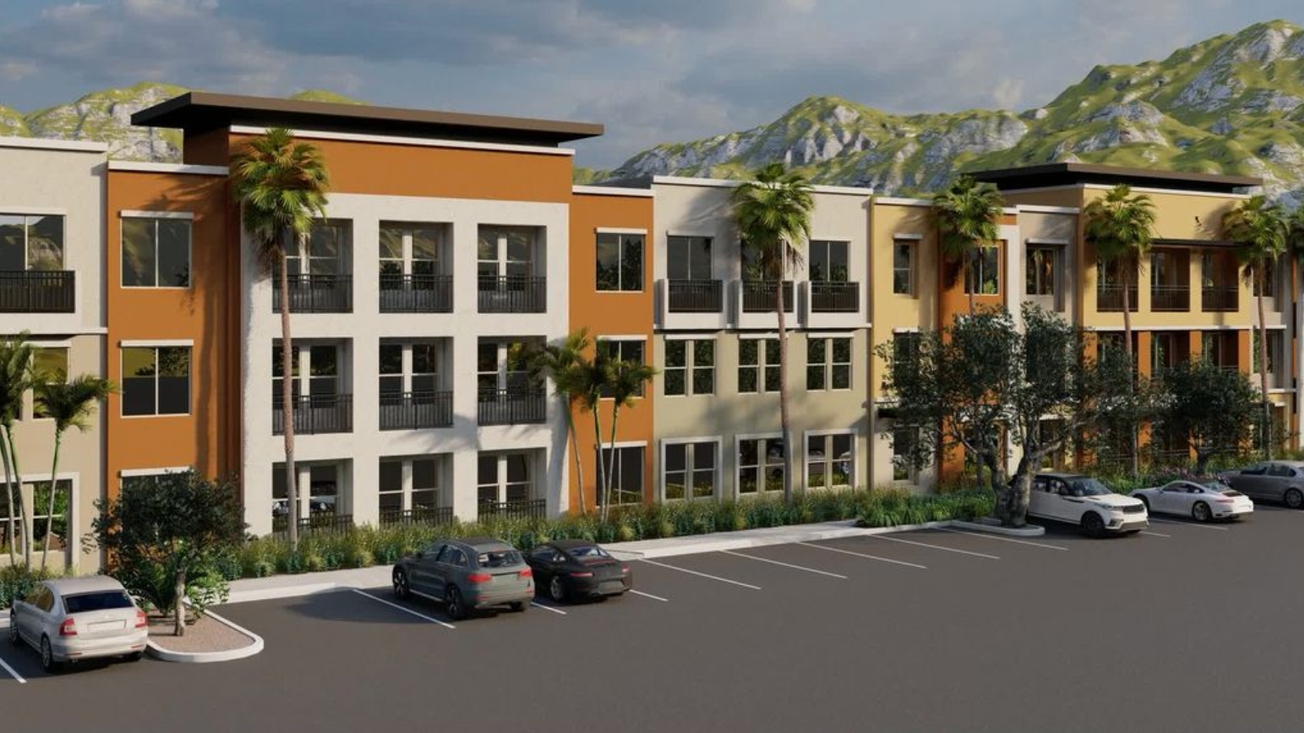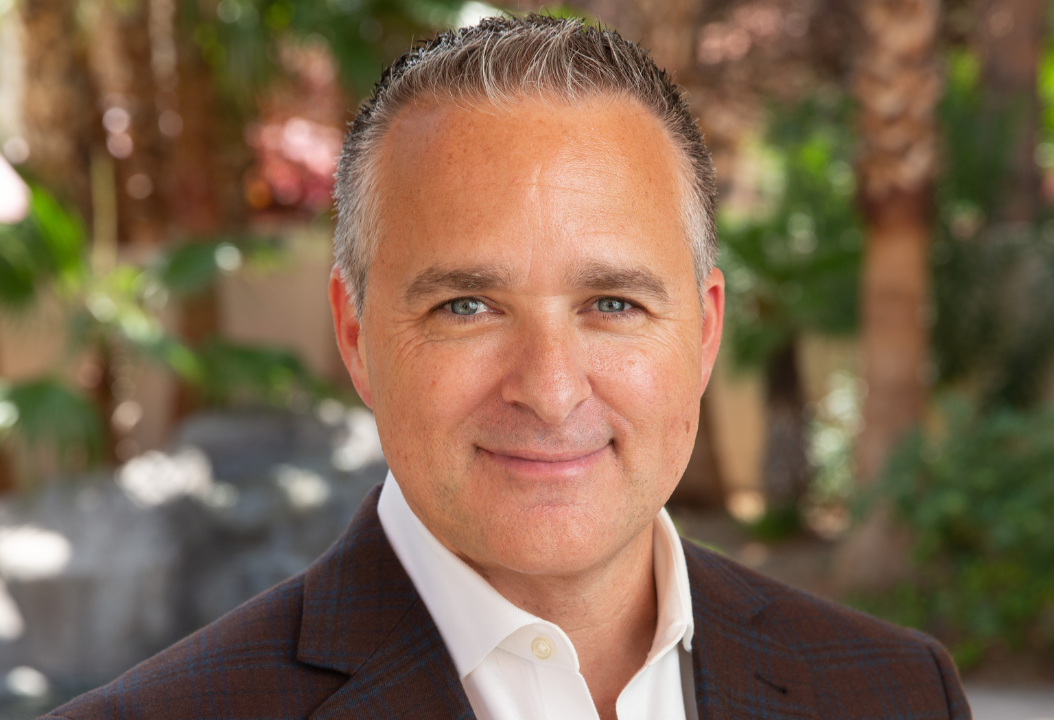Subscribe to our email newsletter and follow us on social media.
Mike Ballard is the co-founder and managing partner of Camino Verde Group, a Las Vegas-based real estate investment and development firm, that focuses on multifamily and mixed-use real estate. Mike has over 30 years of industry experience and has specifically led the firm’s initiatives of bringing affordable housing to Las Vegas. He is currently involved in the development of $200 million of multifamily real estate in California, Nevada, Utah, South Carolina and more.
Mike was one of the founding board members of the Lied Institute for Real Estate Studies at University of Nevada, Las Vegas and also helped with the formation of the local National Association of Industrial and Office Properties (NAIOP) and Construction Financial Management Association chapters. He is also a partner at Ascent Multifamily Accounting, one of the nation’s largest multifamily outsourced accounting firms, and he led the firm to a two-year ranking as an Inc. 500 company in 2019 and 2020.
In this interview, we asked Mike about his newest mixed-use development project The Watermark in Henderson, multifamily market trend at the local and national levels, how Southern Nevada can build more affordable housing, and the different ways of implementing ESG (Environmental, Social, and Governance) initiatives in his portfolio.

You are working on The Watermark mixed-use development project in Henderson. How has downtown Henderson changed in the past 10 years and where do you see that neighborhood changing in the future?
Mike: Downtown Henderson has and is still undergoing a major face lift. It has seen a substantial transformation amongst businesses, specifically those on Water Street, and has great new housing options. Downtown Henderson has quickly become a hotspot for new businesses, restaurants and housing as the entire community is getting involved in one way or another to revamp the area and bring it back to life. I predict the neighborhood will continue its steady upward climb to become a viable gathering place that many locals and residents will enjoy. Once one business or housing development sees success in an area, many others tend to follow.
With the rising interstate rate environment, where do you see the multifamily market in Southern Nevada going in the next two years?
Mike: Multifamily assets tend to perform well throughout all economic cycles. As interest rates rise, many are looking for affordable housing solutions. This is where the multifamily industry comes into play. My team is currently working on four projects in Los Angeles, where the rent prices are soaring, and our goal is to offer a more affordable option. We plan to accomplish this through microunits or co-living spaces. This means smaller, more condensed spaces. Still offering all the essentials that a standard apartment would, but for a much lower price. We are currently looking to bring these affordable microunits to Southern Nevada as well.
I also see single-family home-for-rent communities gaining popularity and becoming more prominent throughout Southern Nevada. This will offer families a more affordable and inclusive style of living, compared to buying a home in the current market. This would be considered a horizontal apartment project, which could play as a solution to the interest rate crisis.
The State just announced a $500 million "Home Means Nevada" initiative. Clark County and local municipalities also announced additional funding this year to go into affordable housing projects. What else can the State and local municipalities do to attract more developers to build affordable housing projects?
Mike: We have worked on many projects that offer state or federal incentives, ranging from Opportunity Zone and New Markets Tax Credit investments. Such incentives and credits tend to attract more developers towards building affordable housing projects because they allow for more funding and financial stability. This could also potentially help attract more affordable housing developers to Southern Nevada.

For your new development or existing projects, where do you implement ESG (Environmental, Social, and Governance) initiatives in your portfolio?
Mike: When it comes to ESG, there tends to be many road blocks or red tape. Many times investors are wary on such projects because of the costs. Instead of avoiding ESG projects, we have differentiated our business model to work through these costs.
Our team finds properties that offer government incentives, such as the federal Historic Rehabilitation Tax Credit (HTC) program, the Abandoned Building Revitalization Credit, Opportunity Zone investments and so forth, which allow our ESG efforts to be funded by these credits. Now, these projects tend to take a lot more work, with following stricter laws and rules, but at the end of the day it makes doing environmental good pencil out. These projects are important no matter the milestones we must overcome because thinking long-term, they are more sustainable in our communities.
Subscribe to our email newsletter and follow us on social media.









